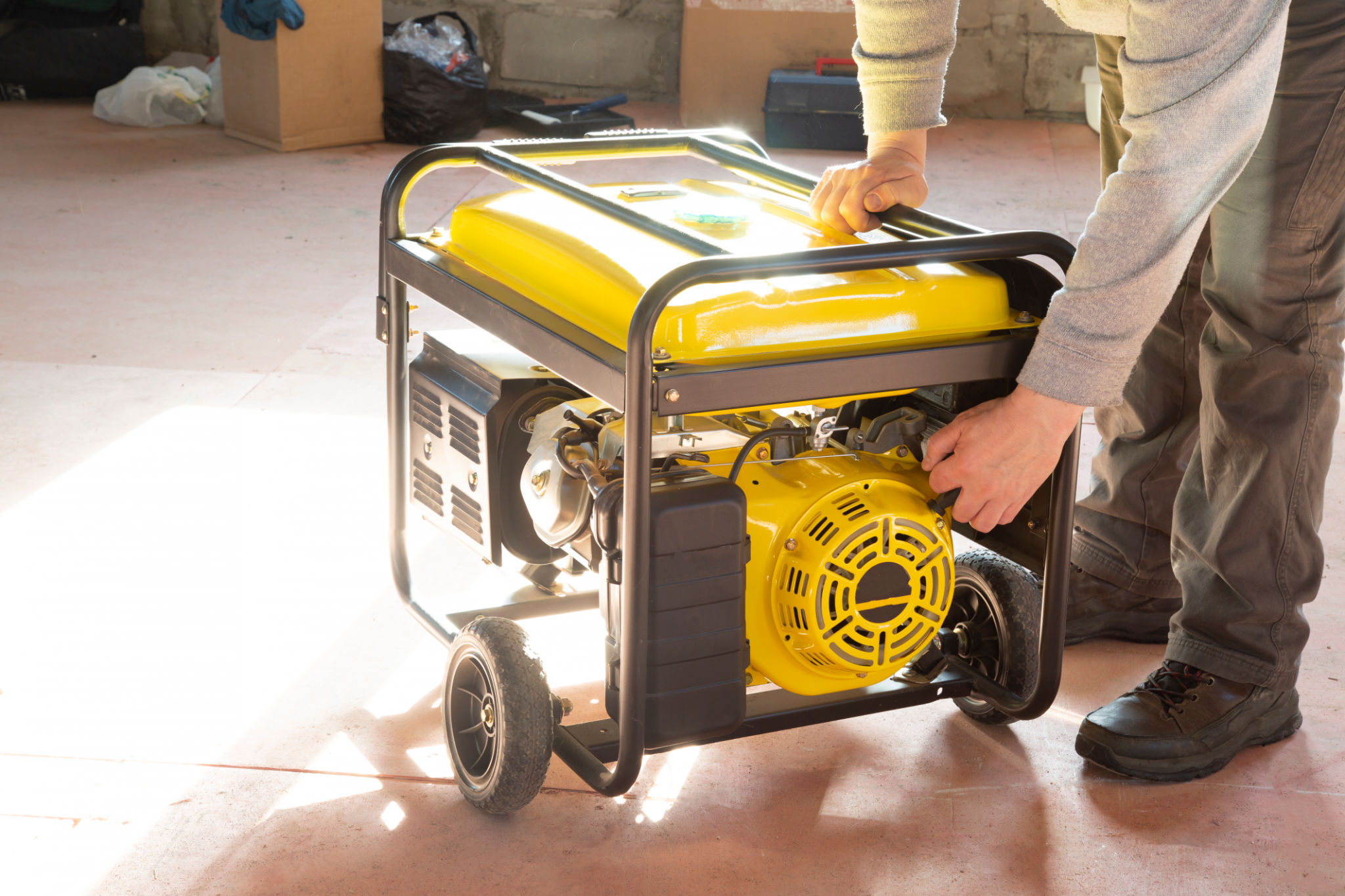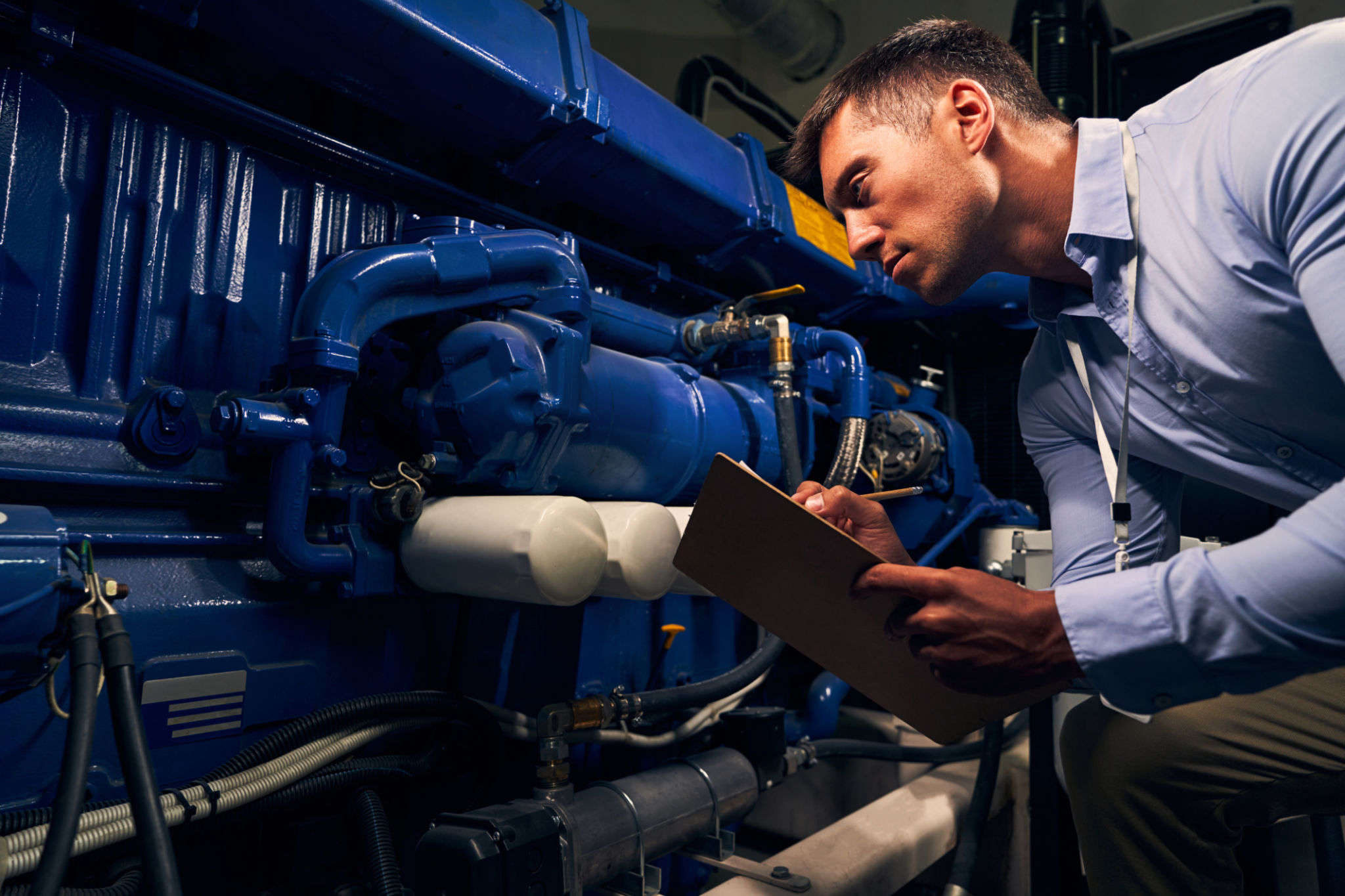DIY Tips: Installing a Portable Generator Safely
Understanding the Basics of Portable Generators
Portable generators are invaluable tools during power outages, providing a reliable source of electricity to keep essential appliances running. However, their safe installation and operation are crucial to prevent accidents and ensure the longevity of the equipment. In this guide, we will walk you through some key DIY tips for installing a portable generator safely.
Before diving into the installation process, it's important to understand the different components of your portable generator. Familiarize yourself with the generator's power capacity, fuel type, and any specific instructions provided by the manufacturer. This knowledge will help you make informed decisions during installation.

Choosing the Right Location
The location where you place your generator is critical for both safety and efficiency. Always install your generator outdoors, at least 20 feet away from your home, doors, and windows to prevent carbon monoxide poisoning. Ensure that the area is dry and well-ventilated. Avoid placing the generator inside garages or basements, as these enclosed spaces can lead to dangerous fume buildups.
When selecting a spot, consider the proximity to your power supply and fuel source. Keep in mind that noise levels can be a factor, so try to position the generator where it won’t disturb you or your neighbors. Secure the generator on a stable, level surface to prevent it from tipping over.

Connecting to Your Home's Electrical System
To safely connect your portable generator to your home's electrical system, you'll need a few additional items such as extension cords and a transfer switch. A transfer switch is essential as it allows you to connect the generator directly to your home's circuit breaker panel, ensuring a seamless power supply while protecting utility workers from backfeeding electricity onto power lines.
If you're not comfortable installing a transfer switch yourself, consider hiring a licensed electrician. For those who prefer a more straightforward solution, using heavy-duty extension cords to connect appliances directly to the generator is an option. Be sure to use cords rated for the wattage of the appliances you plan to power.
Fueling and Maintenance
Proper fueling and maintenance are key to keeping your portable generator running smoothly. Always use the recommended fuel type specified by the manufacturer, and store extra fuel in approved containers away from living areas. Regularly check fuel levels and top off as needed, but remember to turn off the generator and allow it to cool before refueling to prevent fires.

Routine maintenance includes checking oil levels, inspecting air filters, and ensuring that all connections are secure. Keeping a maintenance log can help you track when the next service is due. These steps not only extend the life of your generator but also ensure it operates safely when you need it most.
Testing Your Installation
Once your generator is installed and connected, it's essential to test everything before an actual power outage occurs. Turn on the generator and check that it powers your selected appliances efficiently. Monitor for any unusual noises or vibrations that might indicate issues.
Conduct regular test runs every month or as recommended by the manufacturer. This practice ensures that both you and your generator are prepared for emergencies, allowing you to address any potential problems in advance rather than during a crisis.

Safety Precautions and Final Thoughts
Always prioritize safety when operating a portable generator. Keep children and pets away from the unit while it's running, and never operate it with wet hands or in wet conditions. Having a set of basic safety tools like gloves and goggles on hand is also advisable.
In conclusion, while installing a portable generator might seem daunting at first, following these DIY tips can make the process manageable and safe. By taking the time to understand your equipment and adhere to safety guidelines, you can ensure that your home remains powered without compromising safety during outages.